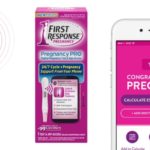1 How Do Pregnancy Tests Work?
Pregnancy tests detect the presence of HCG (Human Chorionic Gonadotropin) in urine, a hormone produced by the placenta and found in the urine of pregnant women.
HCG is the first hormone to appear after a fertilized egg attaches to the uterus (around 6 days after fertilization). The level of this hormone rises rapidly after fertilization.
Therefore, taking a pregnancy test at the right time can provide up to 98% accuracy in results.
For further reference:
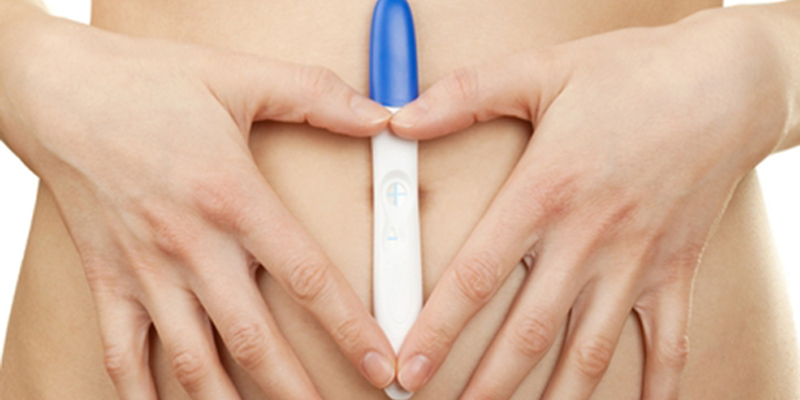
2 When is the Best Time to Take a Pregnancy Test?
The ideal time to take a pregnancy test is from two weeks to one month after fertilization. Therefore, the most accurate time to test is a few days to a week after a missed period.
However, there are highly sensitive pregnancy tests that can detect pregnancy as early as 10 days after unprotected intercourse. This is also the earliest time to take a pregnancy test.
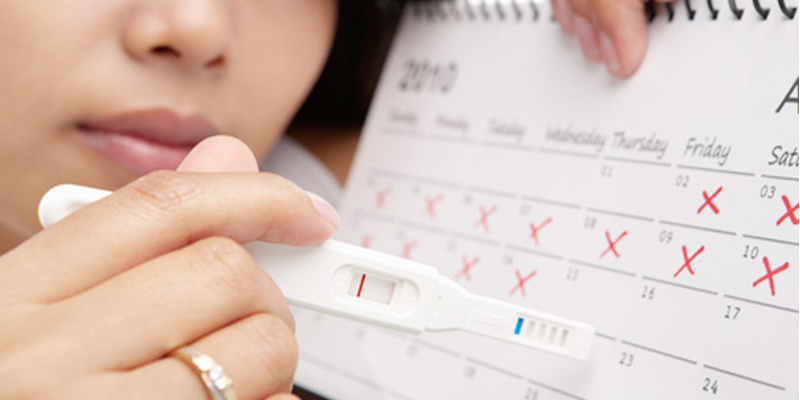
If you take the test too early, the HCG levels in your urine may be below the detection threshold of the test. Pregnancy tests are designed to detect HCG levels of 40 mIU/ml and above, so testing too early may result in inaccurate results even if you are pregnant.
You can take the test at any time of the day, but it is best to do so in the early morning after waking up as HCG levels are at their highest. Avoid drinking excessive fluids before the test as it may dilute the HCG concentration in your urine and affect the accuracy of the test.
For further reference:
3 How to Use a Pregnancy Test Properly?
Ensure that you are using a new, intact, and good-quality pregnancy test.
Step 1: Prepare a small cup to collect urine.
Step 2: Remove the test from its box/packaging.
Step 3: Hold the test stick vertically, following the direction of the arrow pointing down.
Step 4: Immerse the test stick in the cup of urine, making sure it does not go beyond the arrow (the highest limit mark).
Step 5: After about 5 minutes, remove the test stick and maintain its position as it was when you took it out of the cup.
Step 6: Wait for approximately 3 minutes, then read the result. You may place the test stick horizontally.
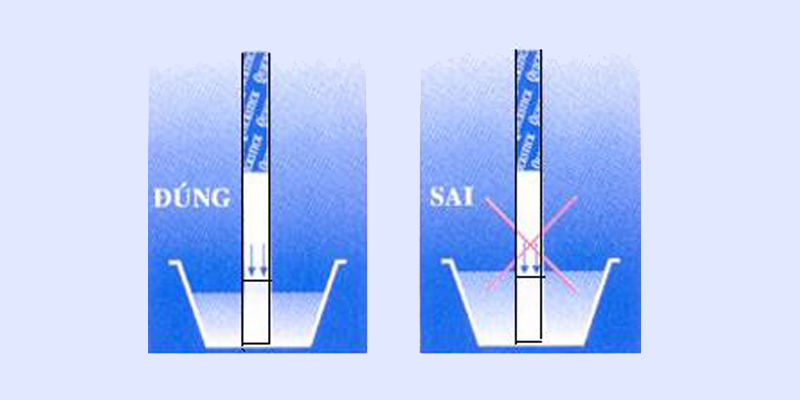
Interpreting the Result:
Typically, the appearance of two lines or a plus sign “+” indicates a positive result, meaning pregnant. On the other hand, one line or a minus sign “-“ indicates a negative result, meaning not pregnant.
If no lines appear or only a faint line appears at the bottom, it could mean that the test is defective or was not used correctly. In this case, retest with a new stick.
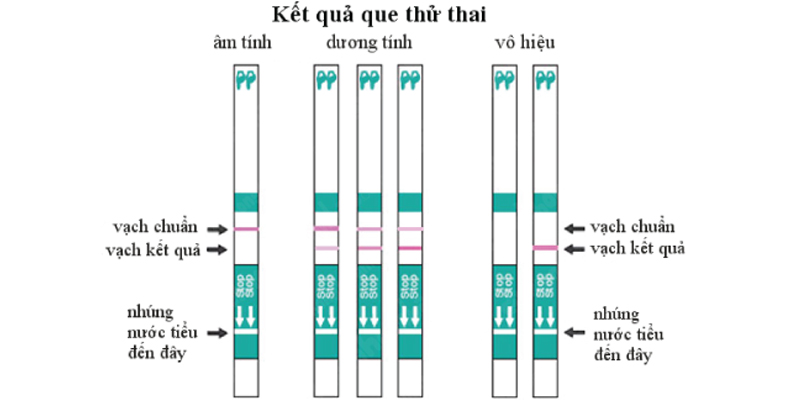
For the most reliable results, it is recommended to test with at least 2-3 sticks over 2-3 consecutive days. If the results are consistent, the reliability is very high.
For further reference:
Factors Affecting Pregnancy Test Results
Test quality, timing, and method can impact the accuracy of pregnancy test results. Testing too early may yield incorrect results, but testing too late, when you are already several weeks pregnant, can also lead to inaccurate results due to extremely high HCG levels.
Certain medications, such as diuretics, sedatives, and antibiotics, can interfere with the accuracy of pregnancy tests.
Gynecological infections can also skew the results of a pregnancy test.
Elevated HCG levels may be present in some cases of ovarian cysts or ectopic pregnancies, leading to false-positive results.

Reference: 10 early signs of pregnancy that you can easily recognize after the first week of intercourse
Pregnancy tests are a simple and quick way to detect early signs of pregnancy. By using them correctly, we can fully trust the results obtained after taking the test.
How to Test Pregnancy Using a Phone, Accurate Pregnancy Detection Up to 99% at Home.
So why wait? Experience the future of pregnancy testing today with phone-based testing. Easy, accurate, and private – it’s the perfect solution for modern couples on their journey to parenthood.

























